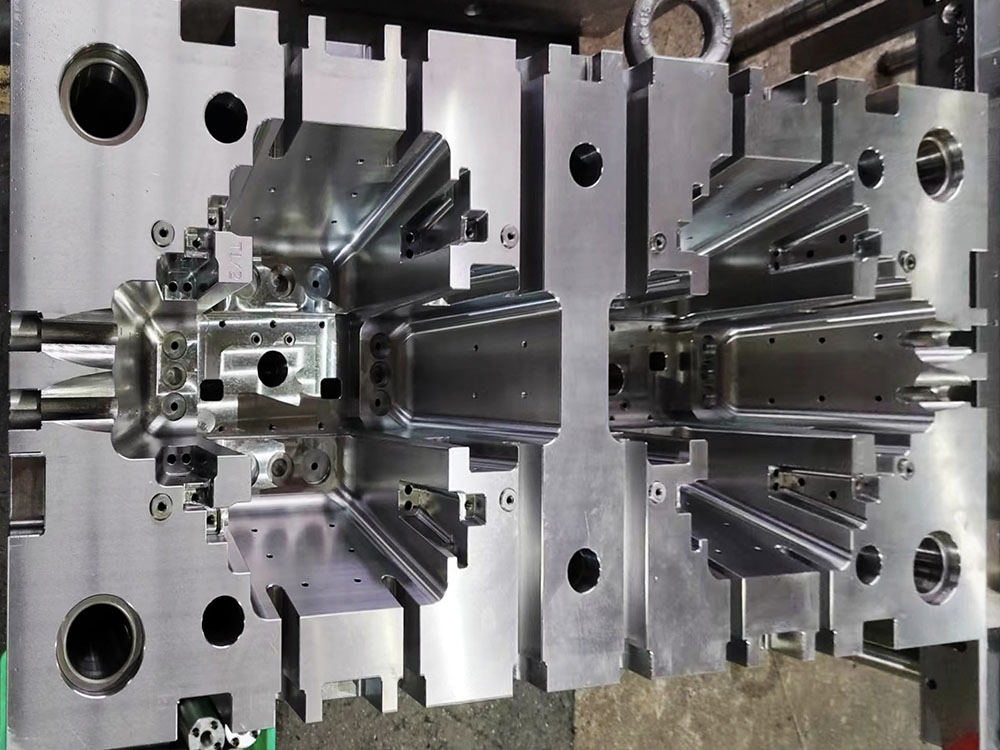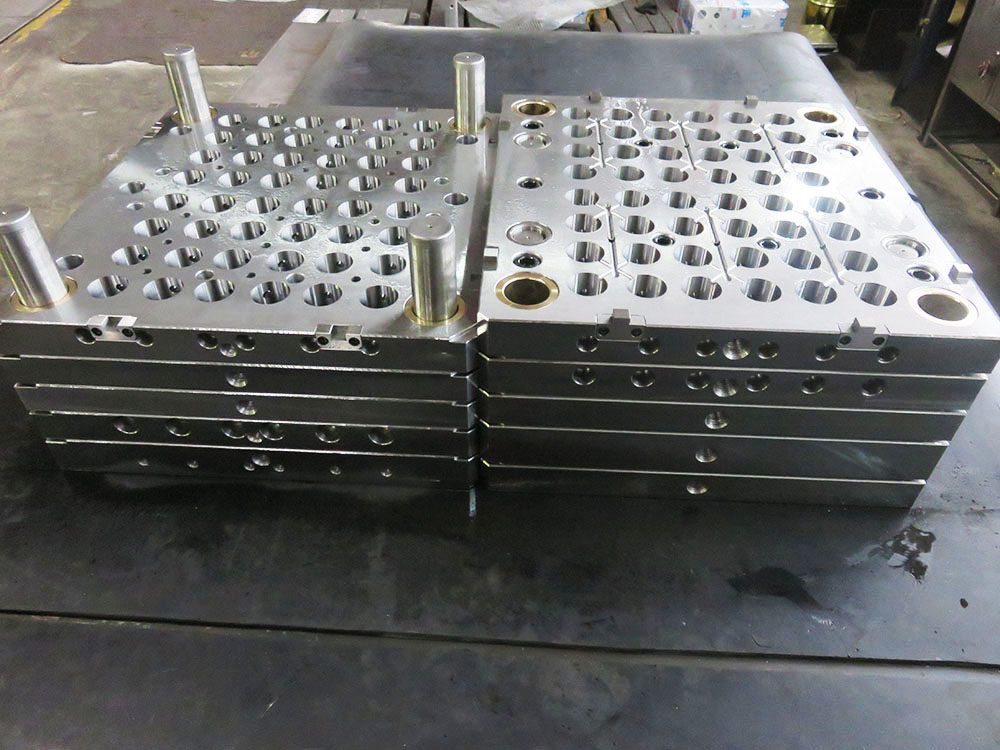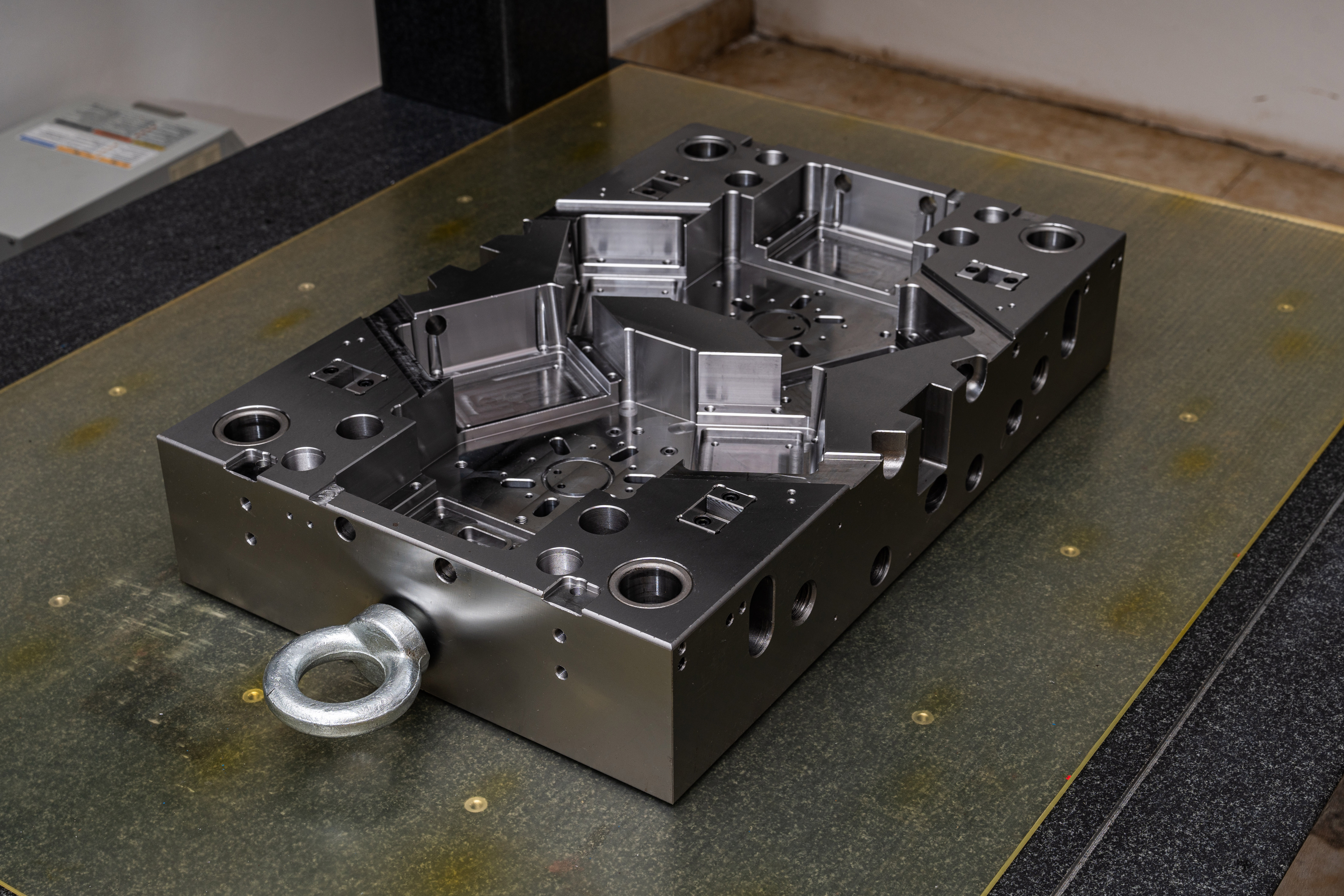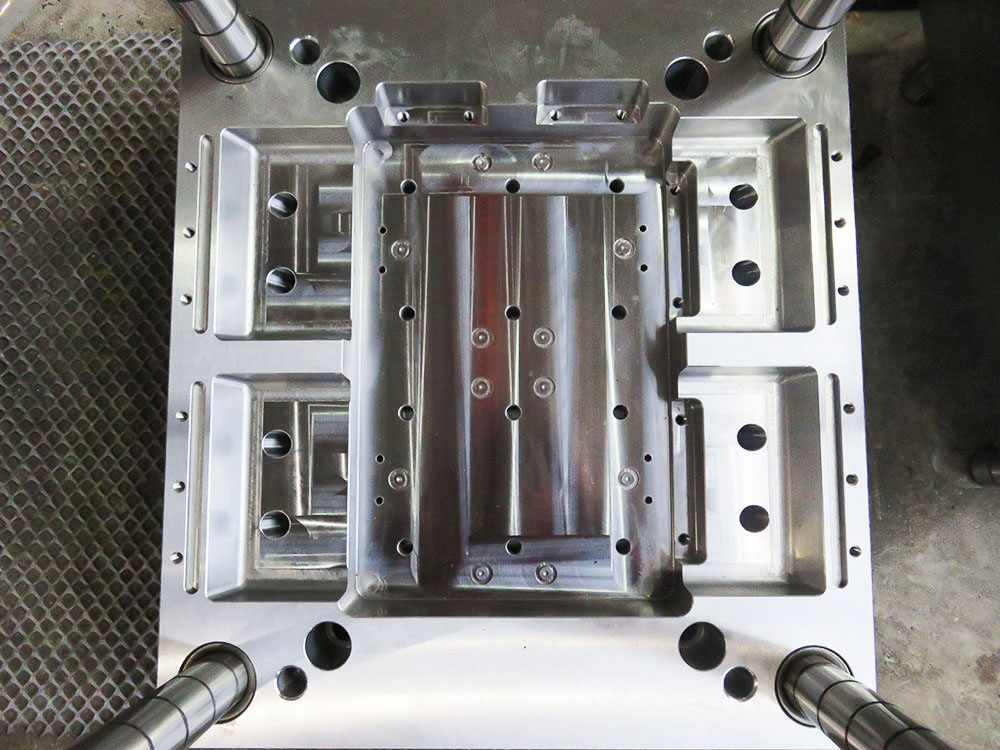How to Debug an Injection Molding Machine
Debugging an injection molding machine is an essential task in the mold base industry. It ensures that the machine operates smoothly and produces high-quality molded parts. In this article, we will discuss the step-by-step process of debugging an injection molding machine to achieve optimal performance.
Gather the Necessary Tools and Materials
Before starting the debugging process, it is important to gather all the required tools and materials. These may include a screwdriver, pliers, multimeter, lubricants, and any specific materials needed for the molding process. Having all the necessary items at hand will help streamline the debugging process and avoid unnecessary delays.
Check the Power Supply
The first step is to check the power supply of the injection molding machine. Ensure that the machine is correctly connected to a stable power source and that all the electrical components are properly grounded. Any loose connections or damaged cables should be repaired or replaced to prevent potential hazards or malfunctions.
Inspect the Sensors and Switches
Next, thoroughly inspect all the sensors and switches of the injection molding machine. Check if they are correctly positioned and securely attached. Use a multimeter to test their functionality, verifying if they respond appropriately to the given inputs. Any faulty sensors or switches should be replaced immediately to avoid inaccurate readings or operational failures.
Examine the Hydraulic System
The hydraulic system plays a crucial role in the functioning of an injection molding machine. Inspect the hydraulic pump, valves, and cylinders for any leaks or malfunctions. Properly lubricate the moving parts and ensure that the hydraulic system is adequately pressurized. Any damaged components should be repaired or replaced to maintain the efficiency and reliability of the machine.
Calibrate the Temperature and Pressure Settings
Accurate temperature and pressure control is essential for achieving optimal molding results. Use an accurate temperature probe to verify the temperature settings of the machine. Adjust the temperature control unit accordingly to achieve the desired temperature range. Additionally, calibrate the pressure sensors and adjust the pressure control valves to ensure consistent and accurate pressure during the molding process.
Test the Molding Process
After completing the initial inspection and adjustments, it is time to test the molding process. Prepare the mold and the required materials according to the product specifications. Start the molding process and monitor the machine's performance. Pay close attention to any anomalies or issues that may arise during the process. Document any irregularities or errors for further analysis and troubleshooting.
Analyze and Troubleshoot
If any issues or defects are detected during the molding process, it is crucial to analyze and troubleshoot the problem. Carefully review the machine's settings, parameters, and the molding process itself. Check for any inconsistencies or deviations from the desired results. Make the necessary adjustments or fine-tuning to rectify the issue and optimize the molding process.
Regular Maintenance and Continuous Improvement
Once the injection molding machine has been successfully debugged, it is important to establish a regular maintenance routine. This includes cleaning, lubricating, and inspecting the machine at regular intervals. Regular maintenance helps prevent unexpected breakdowns and ensures the prolonged lifespan of the machine. Additionally, continuous improvement efforts should be undertaken to optimize the molding process and enhance the efficiency and productivity of the machine.
Conclusion
Debugging an injection molding machine in the mold base industry is a critical task to ensure smooth operations and high-quality production. By following these step-by-step guidelines, you can effectively debug the machine and achieve optimal performance. Remember to conduct regular maintenance and continuously improve the molding process to enhance productivity and efficiency.




